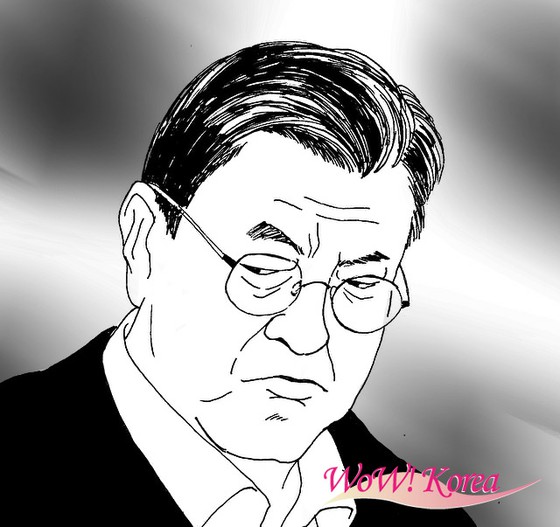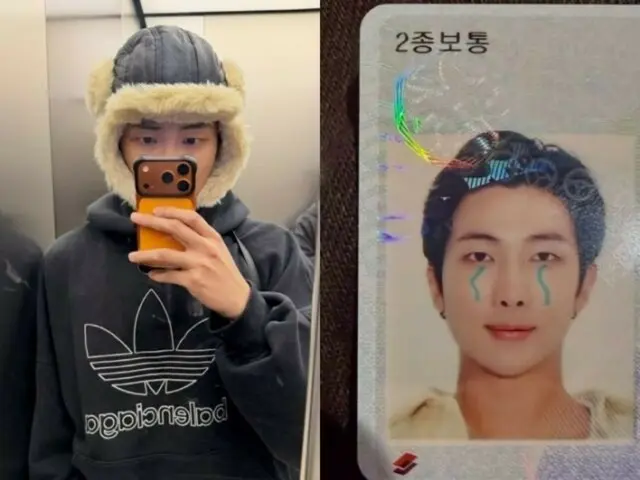 |
From October last year to January this year, the Korean Ministry of Education (the department is equivalent to a ministry) and the National Lifelong Education Promotion Agency conducted the "Third Adult Literacy Ability Survey" targeting 14,29 adult men and women over the age of 18. implementation. We presented newspaper articles and documents from public institutions to measure reading comprehension and calculation ability.
As a result of the survey, the ratio of "first level", which is the reading comprehension level of the first and second grades of elementary school, was 4.5%. The Chosun Ilbo reports, "If the adult population is about 44 million, it means that about 2 million people do not have basic reading comprehension."
In addition, although basic reading and writing and calculations are possible, the "second level" that cannot be used well in daily life is 4.2% (about 1.86 million people), and the "third level" that cannot be used well in complicated situations such as economic activities. Was 11.4% (about 5 million people). On the other hand, 79.8% of the respondents answered "4th level", which has a level of reading comprehension that does not cause any problems even in complicated situations.
The phonetic character "Hangul" used to describe Korean, which Koreans are proud of as "the best in the world," means "great character." Its origin is "Hunminjeongeum," promulgated by King Se Jeong, the fourth king of Korea in 1443, in order for Se Jeong to create unique characters that match Korean and Korean records. Invented.
South Korea's pride in Hangul includes "the newest characters in the world," "the only characters that developers are clear about," and "characters that fit the digital age."
However, Hangul has been despised for 400 years by the ruling Yangban, whose authority is the use of Chinese characters. In the era of "male and female servants," there was a time when it was called "Hangul" as a dull character used by women who had difficulty receiving formal education.
Hangul has been widely used since 1876 with the rise of nationalism. The Korean weekly newspaper "Hanseong Shuho," which was first published in 1886, was the first Korean newspaper to use Hangul.
At the beginning of the annexation of Japan and Korea in 1910, the literacy rate of the general public is said to be about 6%. At the beginning of the annexation, there were about 100 ordinary schools, but in 1943 the number of 6-year national schools (elementary schools) increased to 5960. He taught Hangul at a school during the Japanese colonial rule, and the literacy rate rose to 22%.
Many Koreans misunderstand that Japanese rule has suppressed learning Korean and Hangul, but only for a short period of "internal unity" since 1936. Creating elementary schools throughout the peninsula and disseminating easy-to-learn Hangul textbooks was essential for the Japanese Emperor's rule over the peninsula.
After independence in 1945 and the establishment of the government in 1948, South Korea enacted a Korean-only law and decided to write official documents in Korean. On the other hand, the movement to abolish Chinese characters has accelerated as it reminds us of the Japanese colonial era, and in 1970, under the administration of Park Chung-hee, the abolition of Chinese characters was declared. Today, most of the Chinese characters have disappeared in Korean society, except for some newspapers.
As South Korea achieves remarkable economic development, there are many elderly people who are left behind without being able to read and write. During the Korean War of 1950, those who spent their youth in poverty were unable to attend school and were not blessed with the opportunity to learn to read and write.
It can be said that this background also influences the results of the "3rd Adult Literacy Ability Survey" mentioned above. According to a 2017 survey conducted by South Korea's Lifelong Learning Promotion Agency, 67.7% of illiterate people are over 80 years old.
In addition, the Ministry of Education analyzed the results of this survey, which revealed that the number of Korean adults who cannot read and write is estimated to be 2 million, "especially the influence of educational background and monthly income of the family is large." ..
It is clear that economic disparities are depriving children of educational opportunities and, in turn, affecting their literacy skills.
"Phonograms" like Hangul have the advantage of being easy to learn, but it is more difficult to grasp the etymology than "ideographs" like Kanji. "Ideographic letters" are difficult to learn, but reading letters is directly linked to detailed understanding and deep thinking.
In Korea, there are voices who insist on "combination of kanji and Korean" as in Japanese society where kanji and hiragana / katakana are used together, saying that the reality of Korean society, which is vulnerable to incitement, is due to "shallow reading comprehension by Korean only". ..
There is also a counterargument to this diagnosis that "English is also dedicated to the phonetic alphabet, but it is leading the world's scholarship and culture." Illnesses that cross the line of self-recovery can be cured when the diagnosis is correct and the prescription is correct.
2021/09/20 21:08 KST


